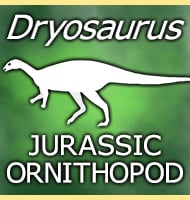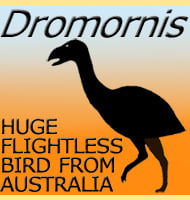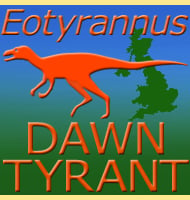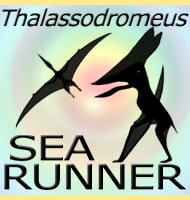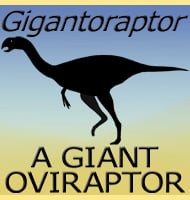In Depth
Tatankacephalus is a genus of nodosaur that lived in what is now Montana during the early Cretaceous period. Best known from an incomplete skull, Tatankacephalus has been interpreted as a close relative to the better known nodosaurid dinosaur Gastonia. A different genus of nodosaurid dinosaur from the same location as Tatankacephalus is Sauropelta, though it has been clearly established that Tatankacephalus is separate from this genus. This is because although the holotype skull of Tatankacephalus was only partially preserved, it was preserved free from compression damage and distortion, making it much easy to study the features of the skull with certainty.
Tatankacephalus is a combination for the Tatanka word for Bison and the Ancient Greek word for head, so the name comes together and translates to English as ‘Bison head. The type species name T. cooneyorum is in honour of the family of John Patrick Cooney. Tatankacephalus should not be confused with the similarly named dinosaur, Tatankaceratops.
Further Reading
- A new ankylosaur (Dinosauria: Ankylosauria) from the Lower Cretaceous Cloverly Formation of central Montana. - Canadian Journal of Earth Sciences 46(10):721-738. - William L. Parsons & Kirsten M. Parsons - 2009.

